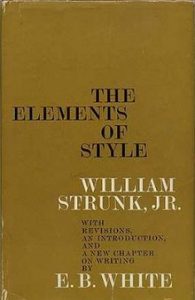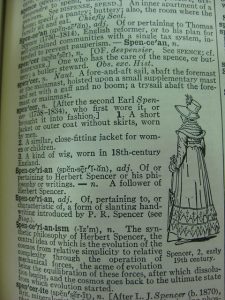Every field has its own distinctive protocols, rituals and even language. In mine, words such as ‘interdisciplinarity’ and ‘historicity’ are tossed about with abandon, much to everyone else’s confusion. Household words, they ain’t. These terms and dozens of others just like them are comprehensible only to the cognoscenti.

As I recently discovered, the language of medicine is something else again. When dealing with patients, it draws on familiar words, but endows them with a highly specific, often euphemistic, meaning that not only baffles rather than clarifies, but also undermines one’s confidence.
Here are a couple of examples. One young physician, in an attempt to indicate that she wasn’t unduly concerned with the medical situation at hand, allowed how she was “not impressed.” Meanwhile, her more seasoned colleagues took a different tack -- and deployed a different word: They characterized a potentially troublesome medical situation as “concerning.”
That adjective and its cousin, the noun (‘concern’), seems to be the medical word du jour, a substitute for the over-used and tired “issues.” Time and again, I was asked whether I had any “concerns.” Really?!
And this: When nurses get together to discuss a patient’s lot, they don’t gather or confer so much as “huddle.” And, my all-time favorite: an unusually configured body part -- a foot, for example, represents a form of “deranged architecture.” Imagine being told that by a physician!
I suppose I shouldn’t fret about this ‘deranged’ use of language just as long as those who wield it practice good and sound medicine. But its widespread use did give me pause -- and, now and then, cause for laughing aloud, which, come to think of it, was of therapeutic value.




